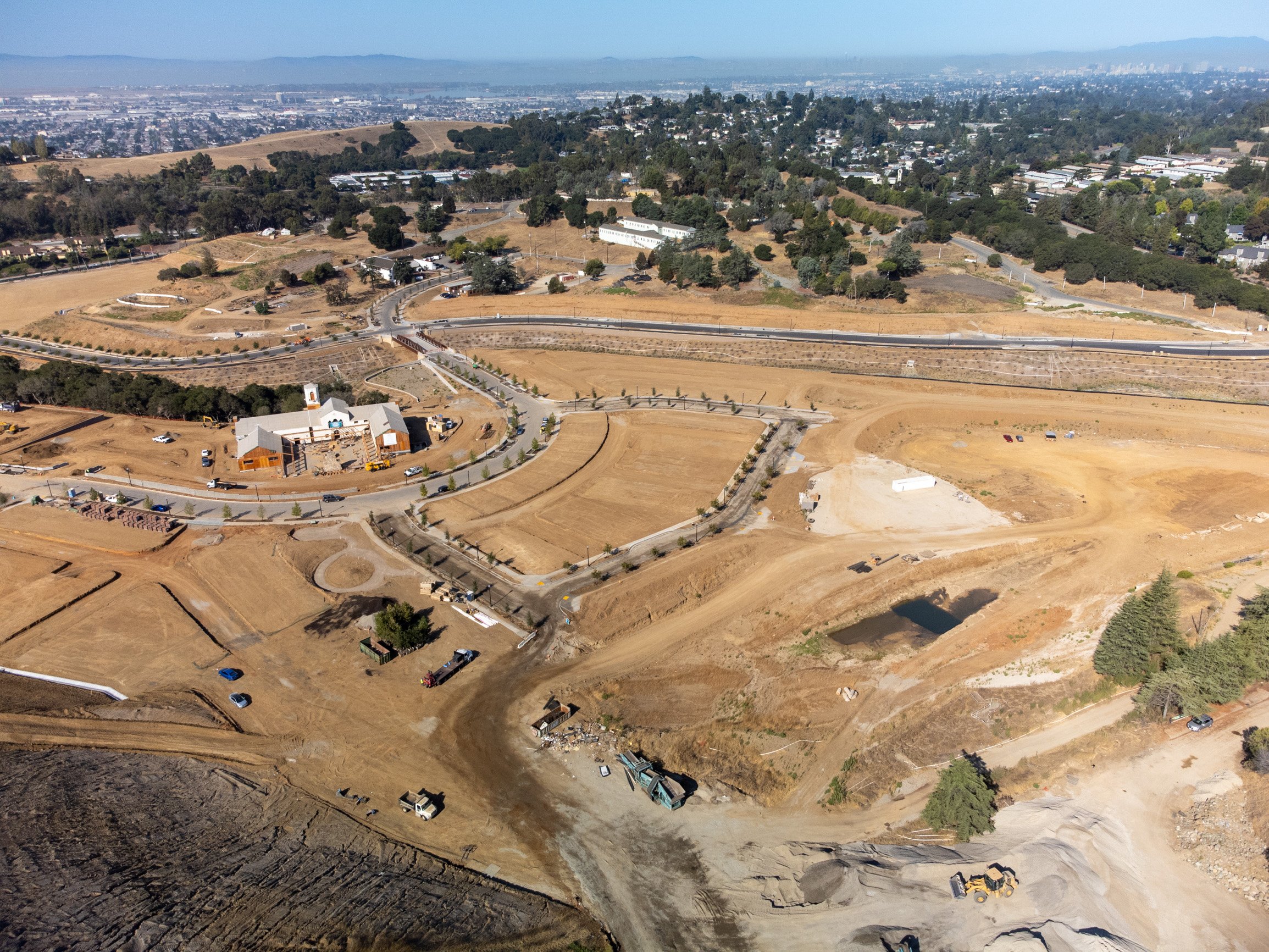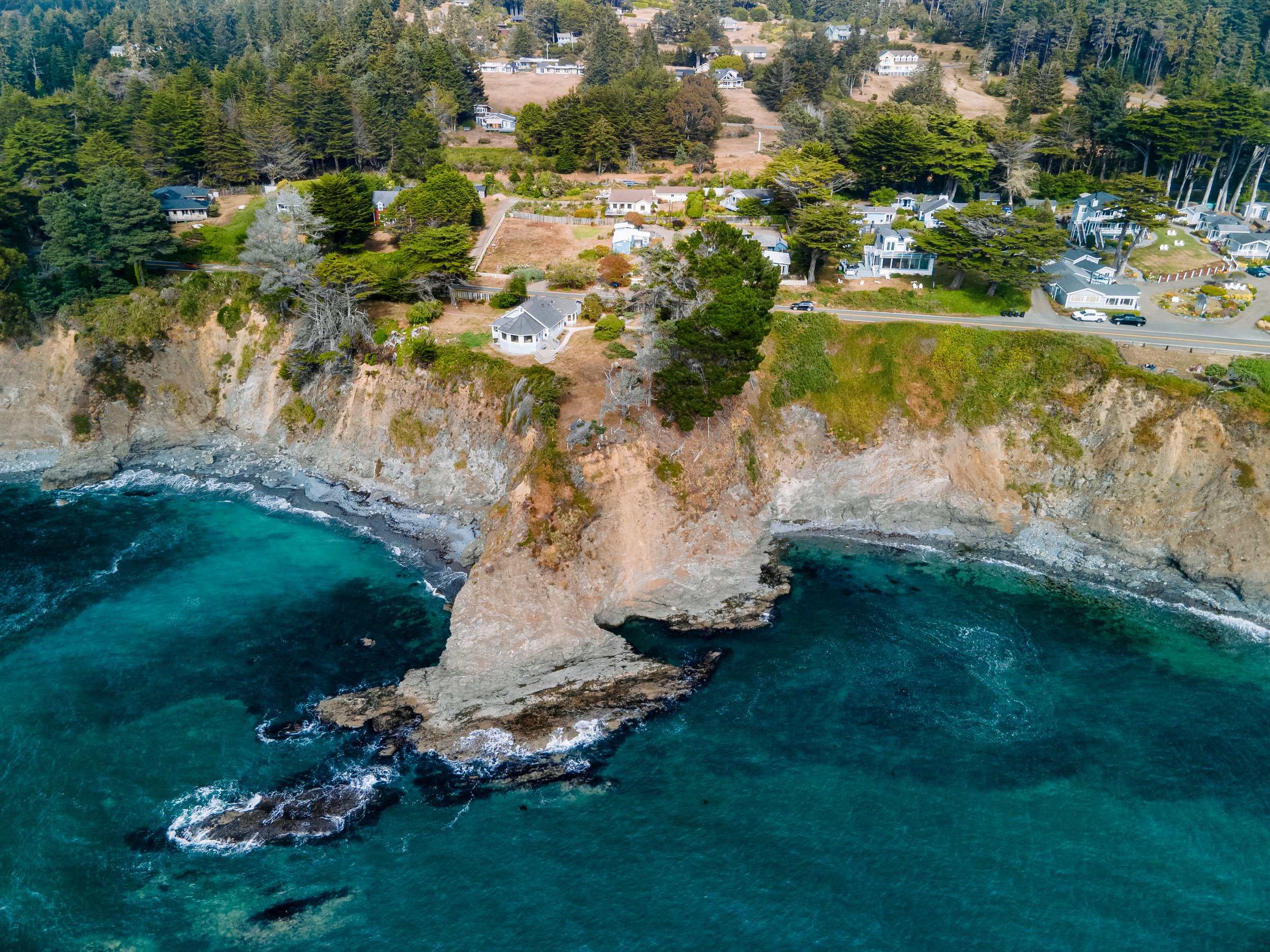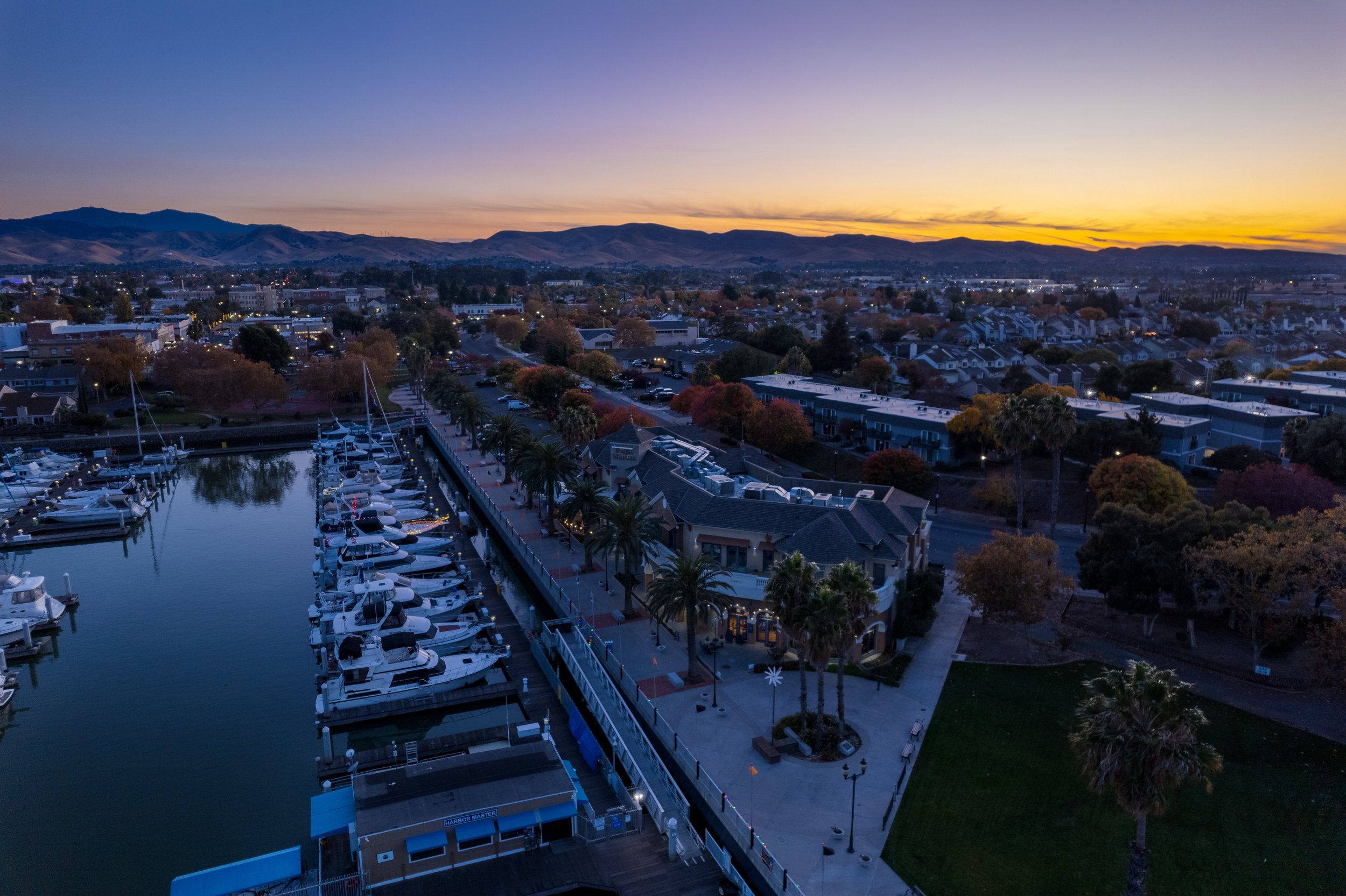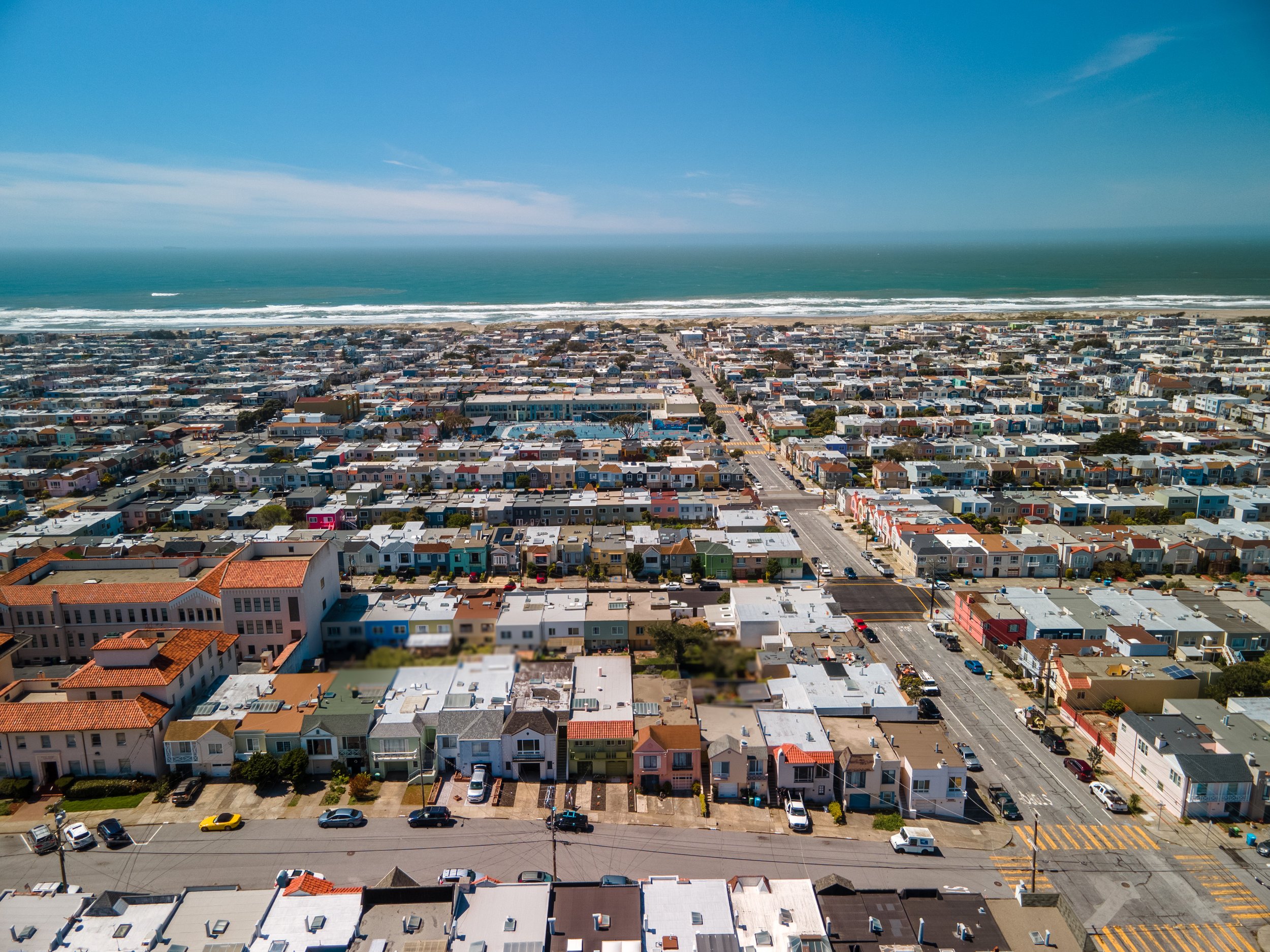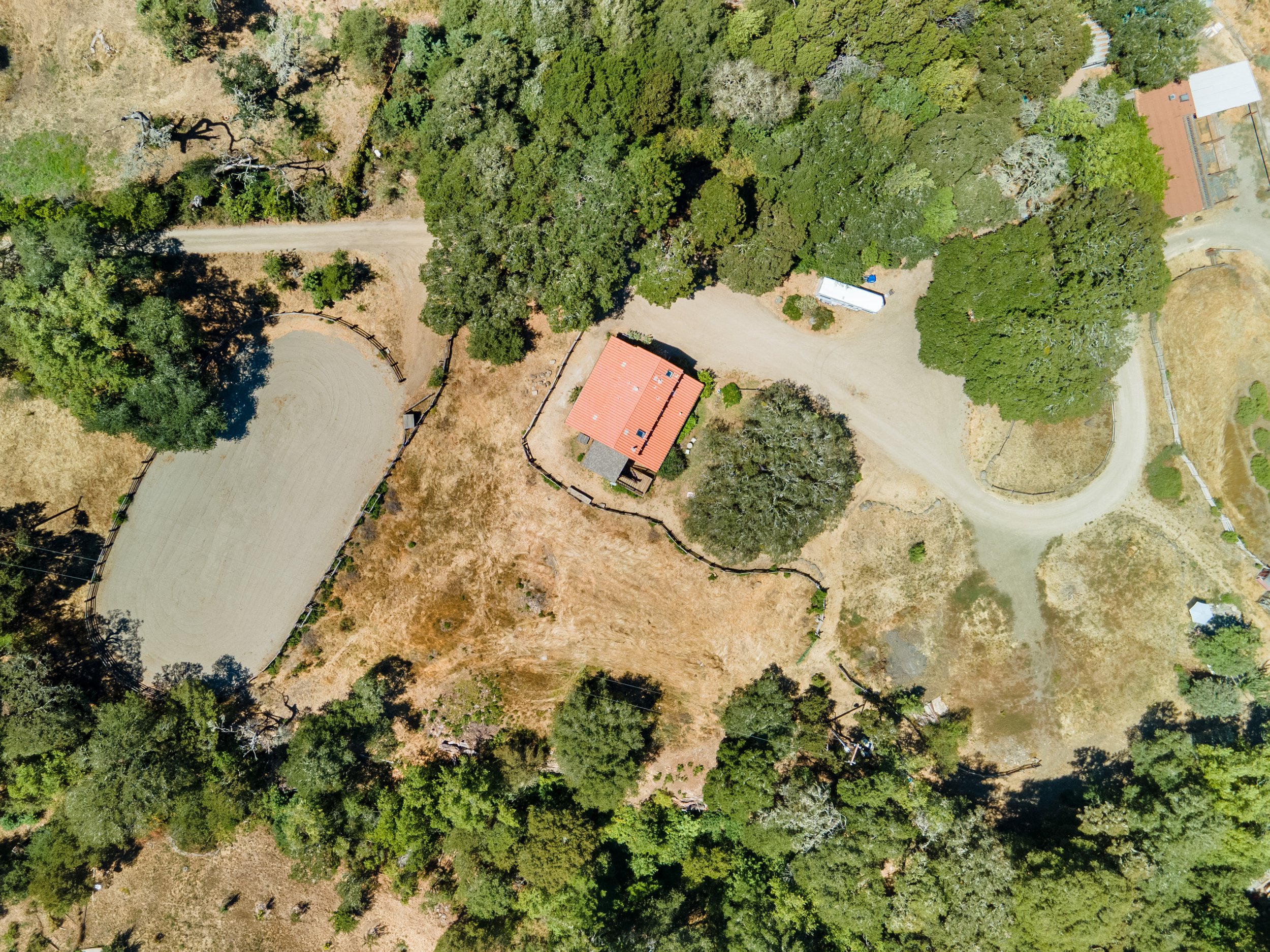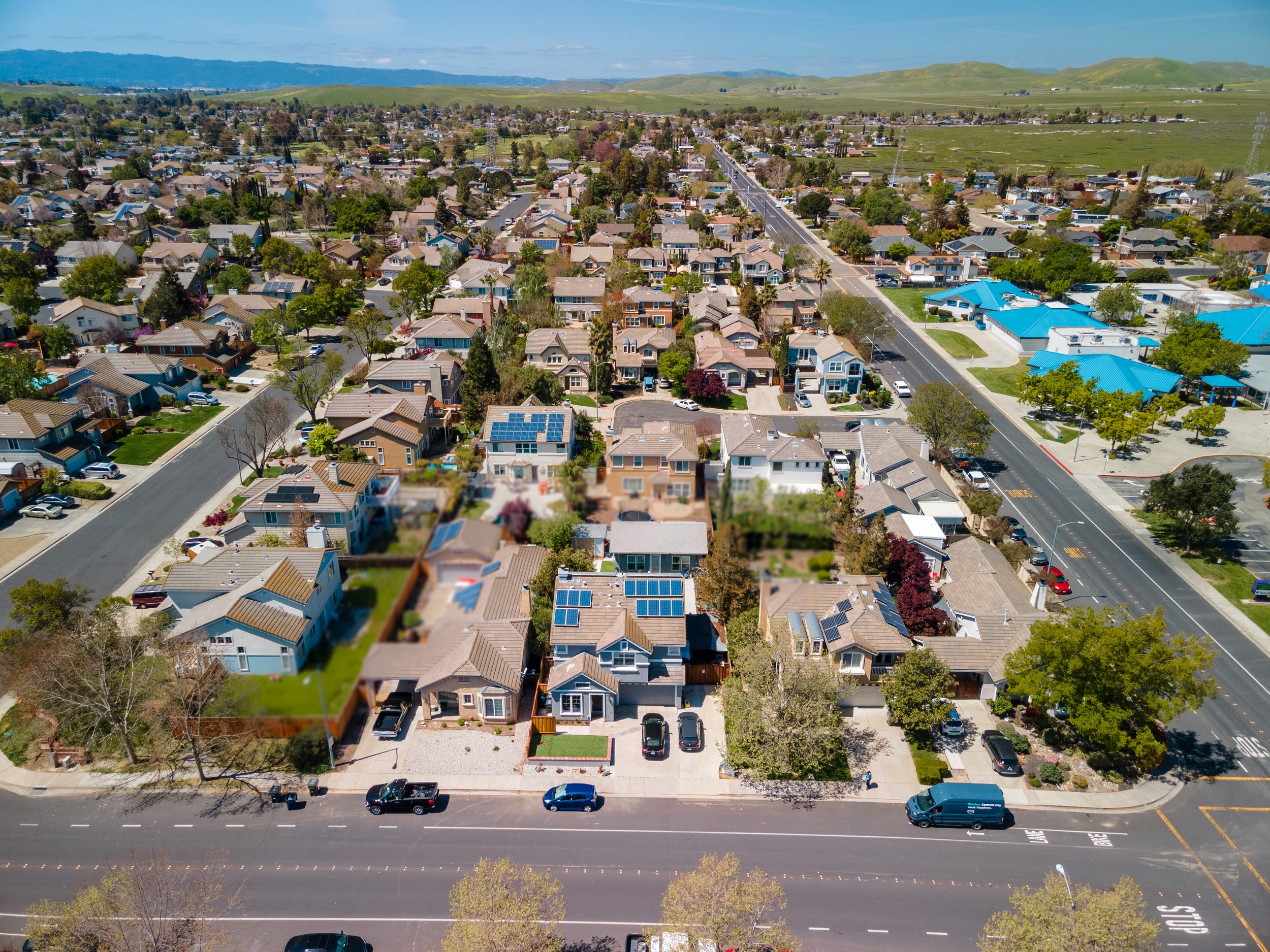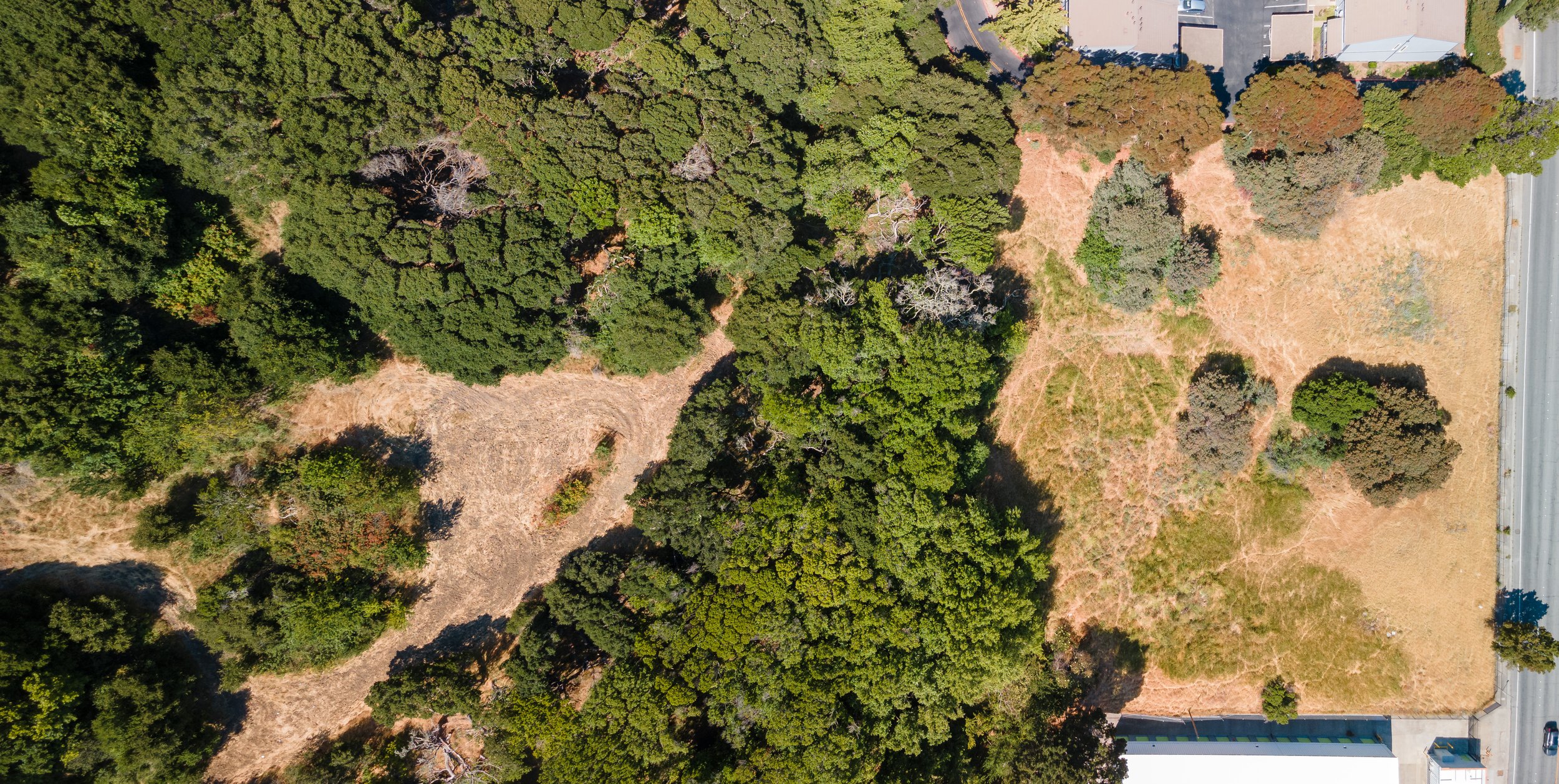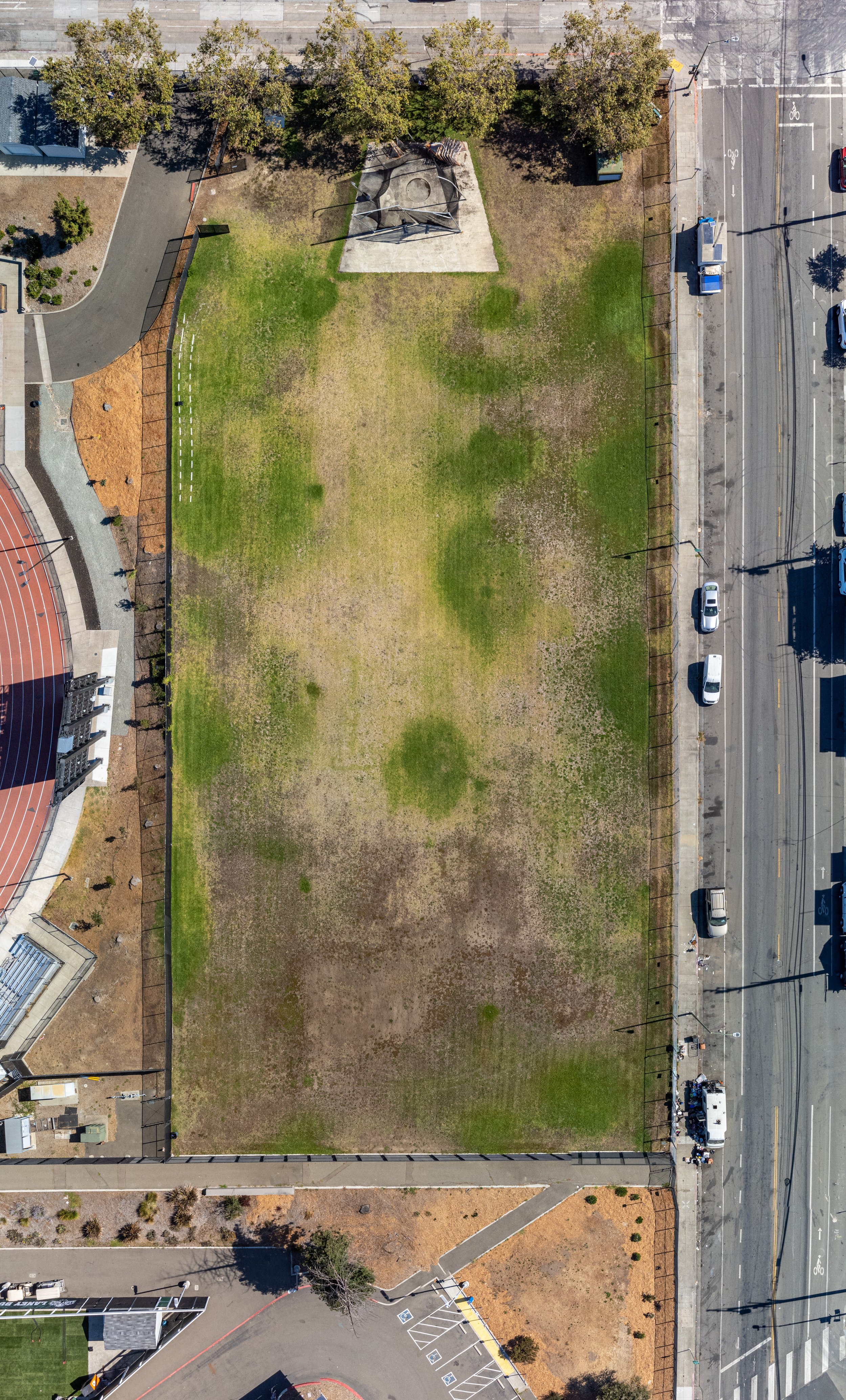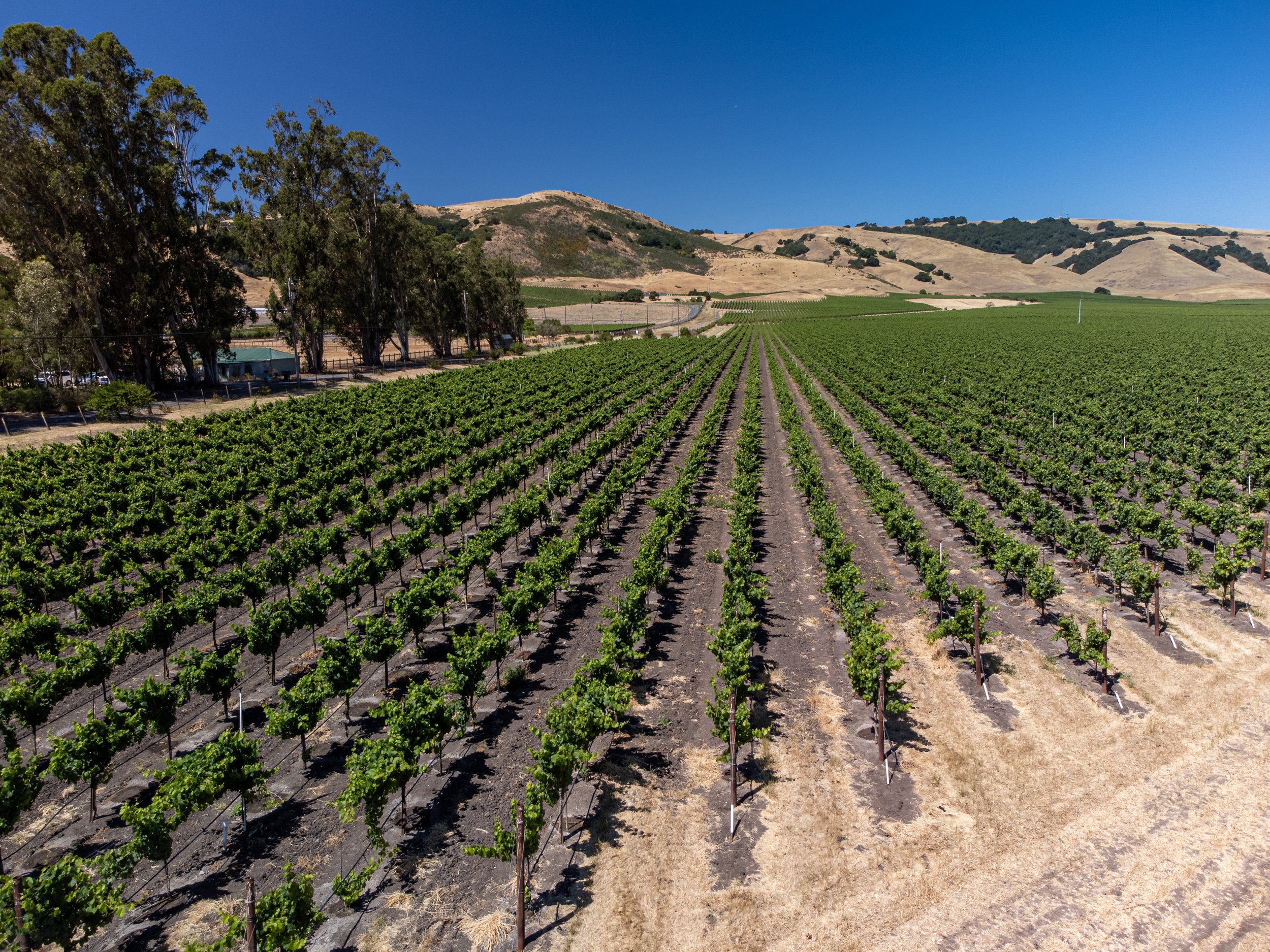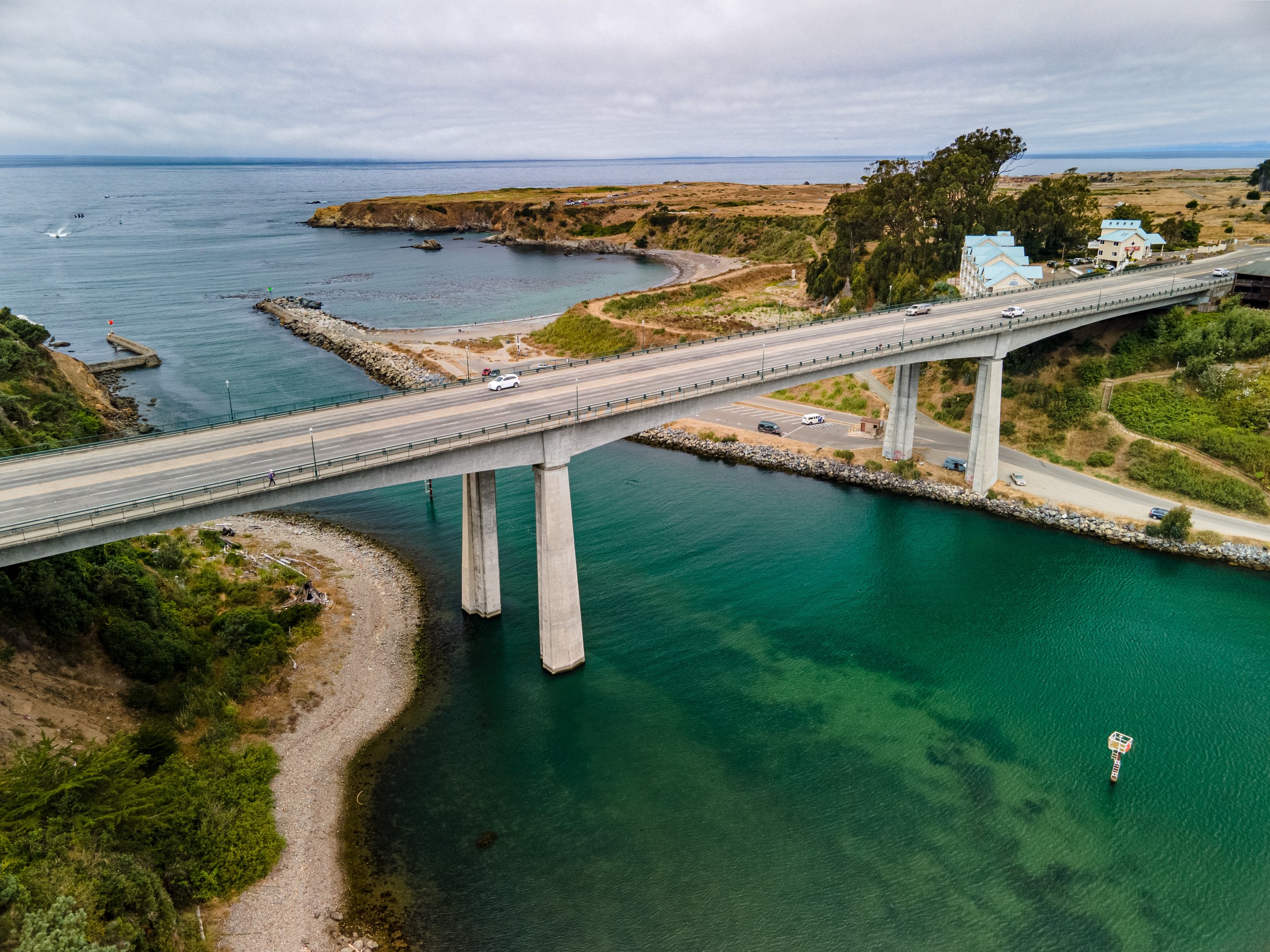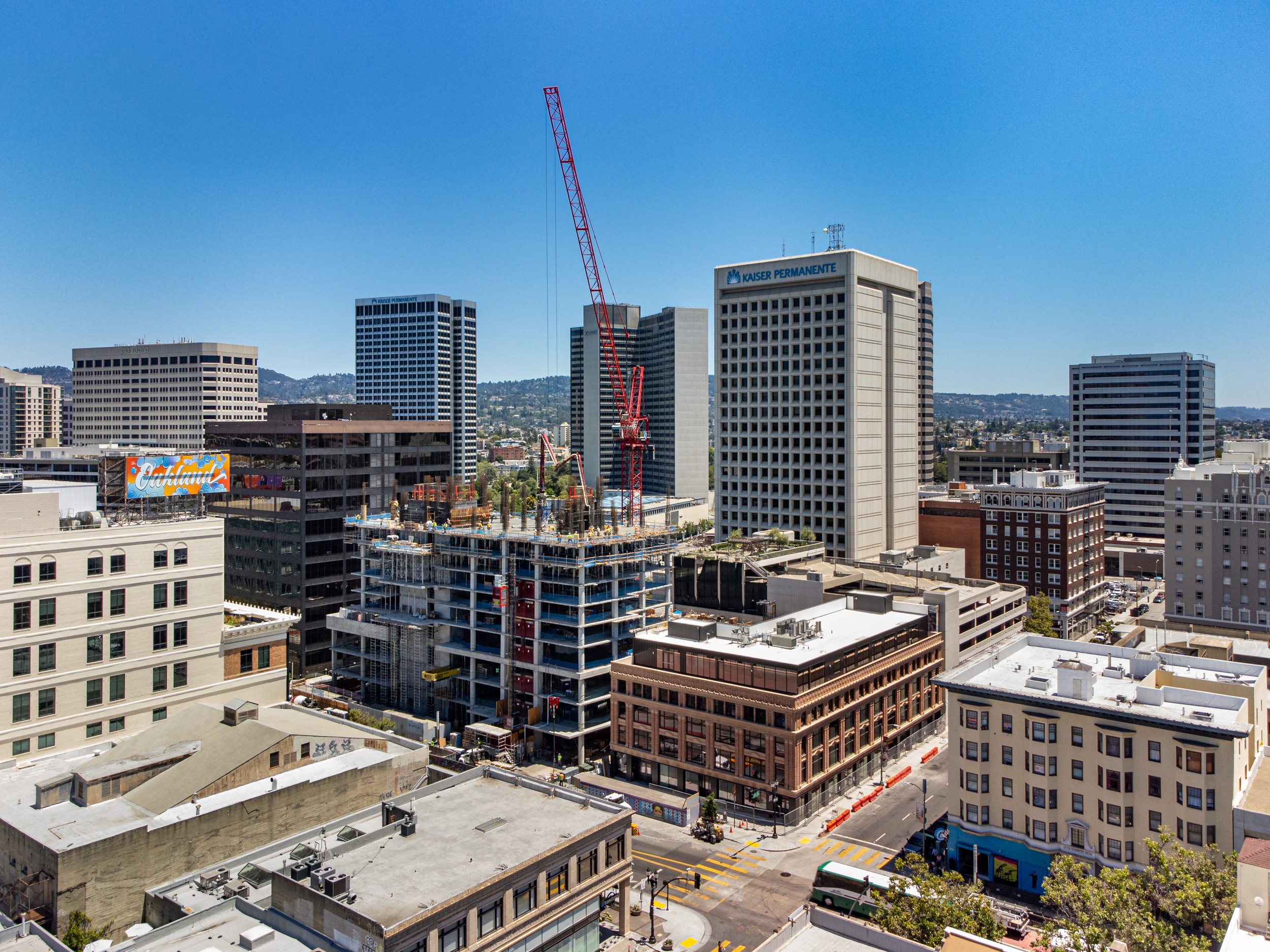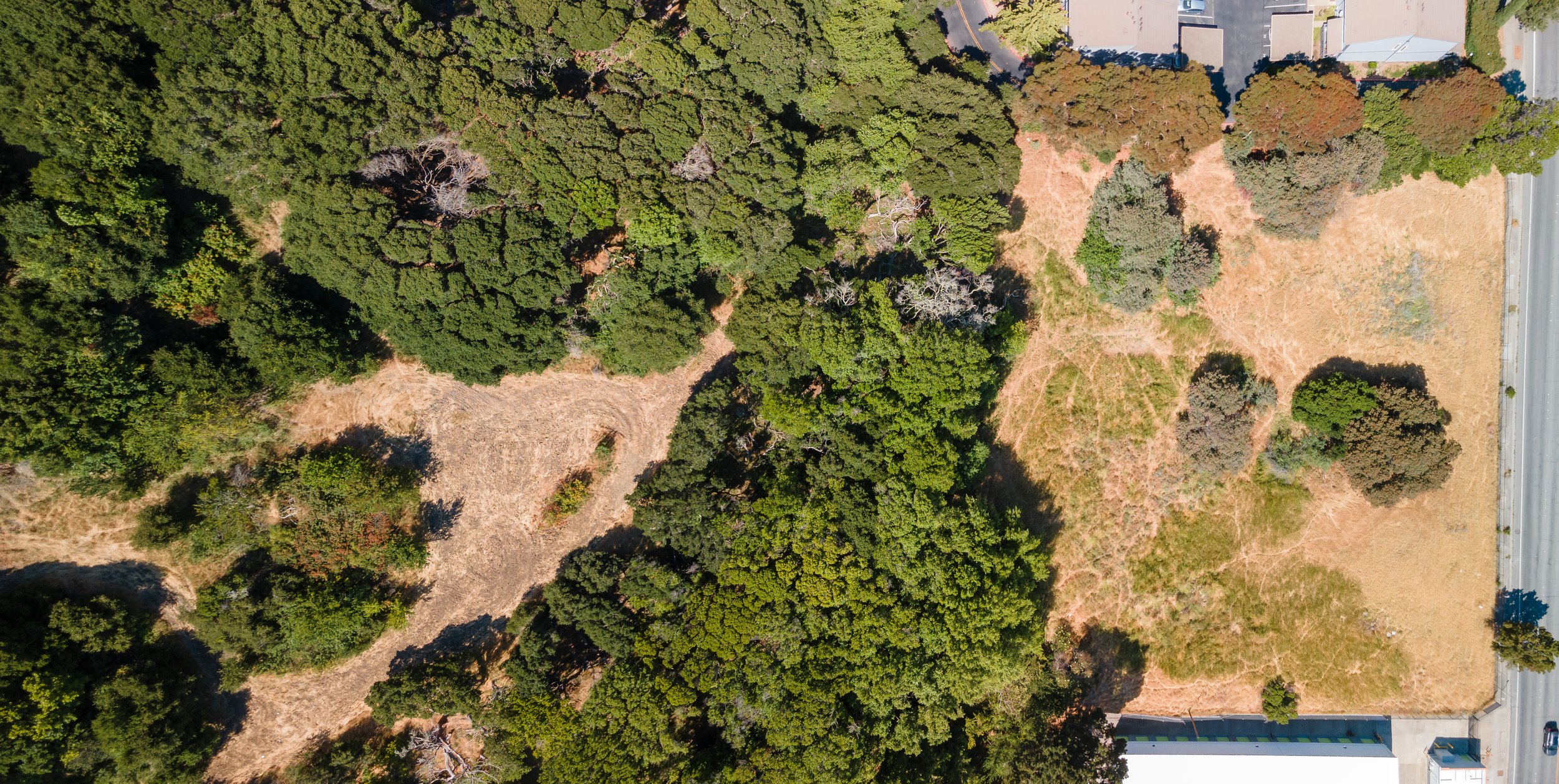The Crucial Role of Drones in Construction Site Documentation through Photography and Videography
The construction industry is undergoing a revolutionary transformation with the integration of cutting-edge technology. Among the remarkable innovations, drones have emerged as a game-changer, offering a bird's-eye view of construction sites through photography and videography. In this blog post, we will explore how drones are reshaping construction site documentation and why they have become a crucial tool for capturing the progress, efficiency, and safety of construction projects.
1. **Unparalleled Aerial Insights:**
Drones provide a unique perspective that was previously inaccessible without expensive aerial photography or complex equipment. Equipped with high-resolution cameras, drones capture detailed images and videos from various angles, enabling project managers, architects, and stakeholders to monitor the site's progress with a comprehensive overview.
2. **Accurate Progress Tracking:**
Construction projects are often complex and dynamic, making accurate progress tracking a challenge. Drones offer a solution by capturing frequent aerial imagery, which can be compared over time to create detailed progress reports. This real-time visual documentation aids in evaluating project milestones, identifying delays, and making informed decisions to keep the project on track.
3. **Enhanced Communication and Collaboration:**
Clear communication and collaboration are vital in construction projects involving multiple teams and stakeholders. Drones provide an efficient way to share up-to-date visual data with team members, investors, and clients. By providing a visual representation of the project's status, drones facilitate transparent communication and reduce the risk of misunderstandings.
4. **Efficient Site Planning and Design:**
Drones play a pivotal role in the initial stages of a construction project, aiding architects and designers in site planning and design. Aerial imagery provides valuable insights into topography, terrain, and environmental factors that influence the design process. This data helps architects make informed decisions and create designs that seamlessly integrate with the site's natural features.
5. **Safety and Risk Management:**
Construction sites can be hazardous environments, and ensuring the safety of workers is paramount. Drones contribute to safety by reducing the need for workers to access potentially dangerous areas for documentation purposes. Instead, drones can easily navigate and capture images and videos, mitigating risks and enhancing overall site safety.
6. **Data-Driven Decision Making:**
The data collected by drones goes beyond visual documentation. Advanced drone technology can generate accurate measurements, topographical maps, and 3D models of the construction site. These data sets empower project managers to make data-driven decisions based on precise measurements, improving project efficiency and reducing costly errors.
7. **Marketing and Stakeholder Engagement:**
Aerial imagery captured by drones adds a captivating dimension to marketing efforts and stakeholder engagement. High-quality photos and videos showcase the progress and potential of a project, making it easier to attract investors, clients, and partners. Drones help tell a compelling visual story that resonates with stakeholders and fosters enthusiasm for the project.
Conclusion
As construction projects become increasingly complex and technology-driven, the role of drones in site documentation through photography and videography has become indispensable. Drones offer a multitude of benefits, from accurate progress tracking and efficient communication to improved safety and data-driven decision-making. By harnessing the power of aerial insights, the construction industry is embracing a new era of innovation that elevates efficiency, transparency, and overall project success. As drones continue to evolve and integrate with construction processes, their influence on the industry's future is poised to soar to even greater heights.



